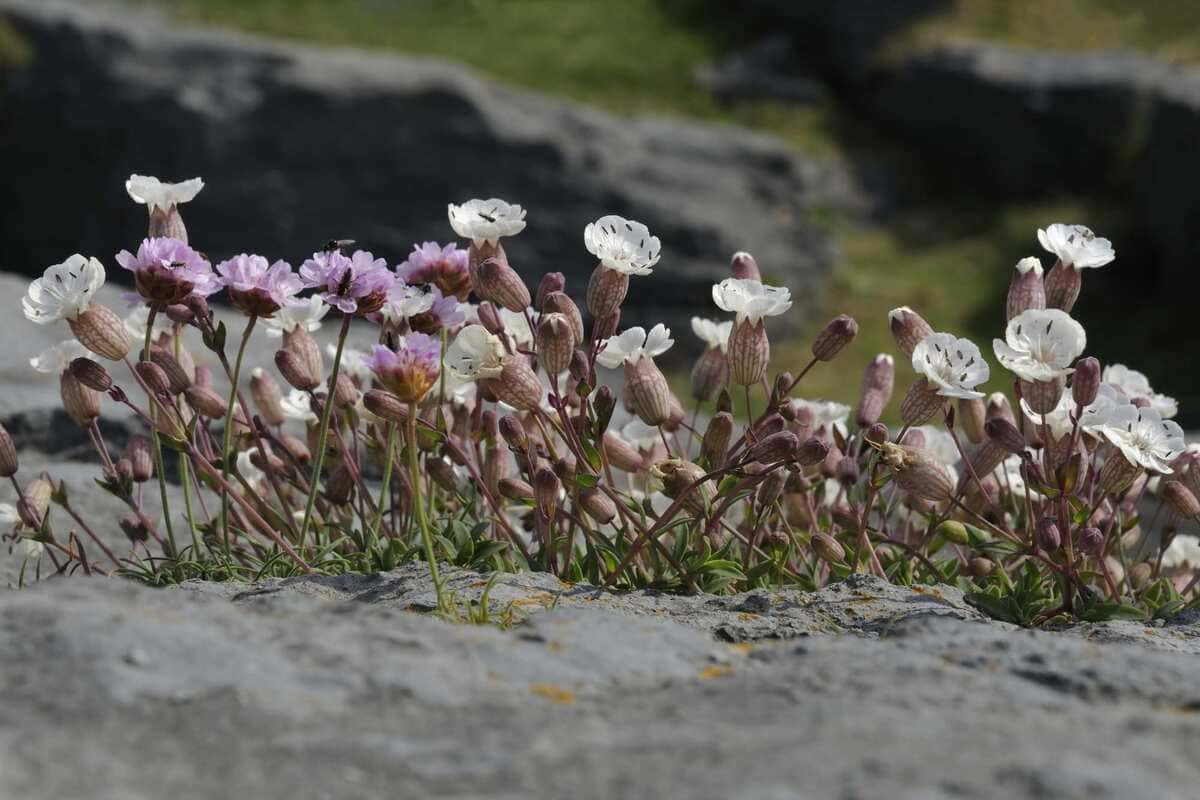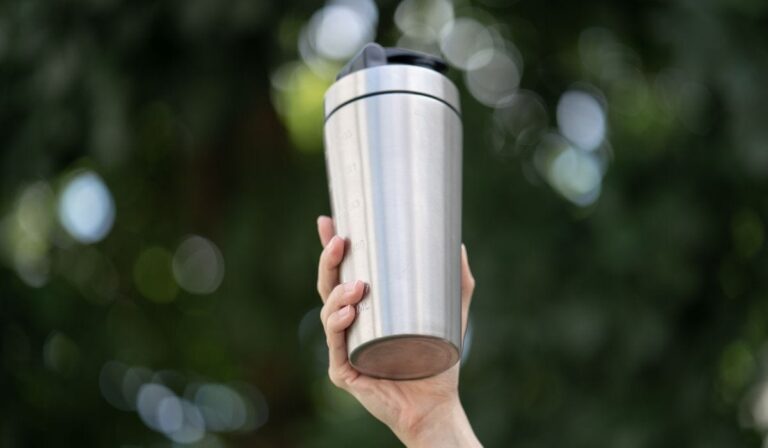
There has been a rise in the use of wildflower seeds for habitat development or restoration efforts. In order to enhance natural landscapes and promote biodiversity, numerous conservation organisations have argued in favour of these services. The widespread use of generic seed combinations, however, is causing concern and has led to a push for more environmentally sustainable substitutes such as green hay and natural regeneration. Wildflower seeds, commonly referred to as wild seed mixtures, are becoming an increasingly popular choice for those who wish to bring variety and energy to their natural environment. The seeds come from the range of native wildflowers, each one with distinct aesthetic characteristics as well as ecological benefits. They are vital to the establishment of healthy and durable habitats for wildlife in the region. The seeds of wildflowers are usually dispersed across a predetermined region by using seed mixtures. Are you hunting for wild flower only mixtures? View the before discussed website.
This approach is used because of its efficacy and simplicity. It allows a wide variety of wildflowers to germinate and grow, transforming the surrounding area into a variety of hues and textures. It doesn’t matter if it’s a meadow, woodland, or marsh the wild seed blends are carefully selected to fulfill the particular needs of the area. The ecological value of wildflower seeds contributes to their attractiveness in addition to their visual appeal. They offer the range different species including butterflies, birds and even bees as well as shelter. The diverse plant species can support a complex food web, ensuring longevity for a vast range of organisms. Conservationists, meanwhile, are becoming increasingly concerned about the growing popularity of generic seed mixtures. If these combinations are seeded, a handful of dangerous species could become dominant and smother those native plants that are more tolerant. This may upset the ecosystem’s delicate equilibrium and cause a decline in the diversity of the ecosystem.
Many conservation organizations have been advocating alternative approaches, like natural regeneration, to address these concerns. This method eliminates the necessity of planting seeds and allows native wildflowers to flourish and grow naturally. This laissez faire method works especially well in places where there is still an established native plant seed bank in the soil. Green hay is a further green option. This is removing natural grasses and wildflowers from their current, healthy habitats, collecting them and redistributing them over bare or damaged areas. Green hay contains seeds that, if they sprout, can grow into new populations, and contribute to the restoration of the ecosystem without introducing foreign species. Wildflower seeds and wild seed combinations can be a great way to boost the biodiversity of our natural ecosystems. Green hay and spontaneous regeneration are two eco-friendly options that are being promoted because of concern over the widespread use of generic seed combinations. These services are crucial to preserving the delicate environmental balance and ensuring the survival of wildlife in the local area.



